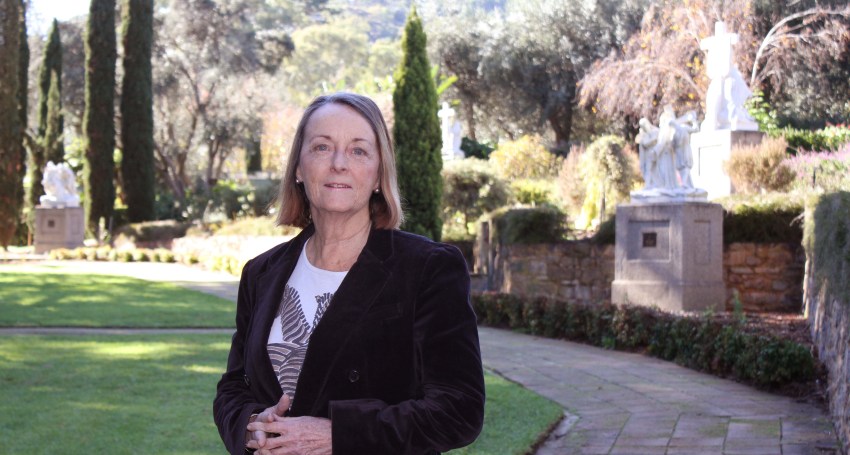Warning on normalising of euthanasia
News
The statistics for medically assisted deaths in Canada suggest that euthanasia has become “just another way to die”, according to leading bioethicist Margaret Somerville.

Writing in online journal ARTSforum, Prof Somerville said experience shows that once legalised, euthanasia very quickly becomes normalised.
While it was too early to assess the phenomenon in Australia, where all states have now passed Voluntary Assisted Dying legislation, she said “normalisation” had occurred at “warp speed” in Canada.
Last month the State Government revealed that in the first three months since VAD laws took effect, 28 South Australians received a VAD permit.
Advertisement
Of these, 12 people died, including one who passed away without using the medication available.
They were aged from their 40s to their 90s. Seven of them had terminal cancer, and five had degenerative neurological conditions.
Eight people self-administered medication, and three were supported by a medical practitioner.
The Government said the next phase of the program would involve “expanding services in regional areas to improve access even further”.
Prof Somerville.said that in Canada, it had taken less than four years for the country to move from relatively restrictive limits on Medical Assistance in Dying (MAiD) to some people speaking of going to court to argue that there is a right to euthanasia on demand.
“In effect, a right to die,” said Prof Somerville, who is Professor of Bioethics at the University of Notre Dame Australia School of Medicine in Sydney.
The most recent Health Canada report put the official death toll from MAiD to the end of 2021 at 31,664, which Prof Somerville said was “almost certainly an underestimate”.
Of all deaths in Canada, 3.3 per cent were by MAiD and the number of deaths increased by 32.4 per cent from 2020 to 2021.
“After the law was changed to delete the requirement that death be reasonably foreseeable, 2.2 percent of MAiD deaths were patients whose deaths were not reasonably foreseeable,” she said.
“In at least 1740 MAiD deaths, the people who were euthanised gave loneliness and isolation as reasons for wanting euthanasia.
“In short, euthanasia cannot be contained once it is legalised, because once we step over the clear line that we must not intentionally kill another human being, there is no logical stopping point.”
Prof Somerville predicted that there would be the same rapid expansion of VAD in Australia as has occurred in Canada with respect to MAiD.
She said opponents of VAD had “more work to do than ever” now that euthanasia is legal.
“That work must offer people alternatives, which they will want to choose instead of euthanasia,” she said.
“To understand what we need to do to achieve that, we need to know the nature of the challenges we are facing, because ‘good facts are essential for good ethics’ and ‘good ethics are essential for good law’.
Advertisement
“We must balance concern and respect for individuals with protecting the common good. In making decisions about euthanasia, we must take into account the ensuing damage to others (including future generations and vulnerable people), as well as damage to important shared societal values, and not only what individuals want. As pointed out regarding COVID, ‘our individual flourishing is bound up in collective well-being’.
“Euthanasia will seriously harm our collective well-being.”
Prof Somerville pointed to decision-makers in Aboriginal culture who look beyond the immediate impact in the present of the decisions they take by considering likely future consequences through “collective human imagination” and seeking wisdom from the past through “collective human memory”. They also considered protection of “the mob”, not just of individuals.
“Dying people need compassionate accompaniment, not a lethal injection,” Prof Somerville said.
“Even many of those who have requested euthanasia change their minds when given good palliative care. Such accompaniment takes time, and we see ourselves as ‘time poor’.
“Euthanasia is a time compressor. We need to ask what is the impact of ‘time-compression’ on how we die? Are we are not prepared to watch and wait in order to accompany the dying person? Has radical individualism blinded us to the importance of relationships for humans? Have we become ‘human doings’, rather than human beings? Some experiences cannot be time-compressed without destroying their essential essence: dying in relationship is one of them.”







